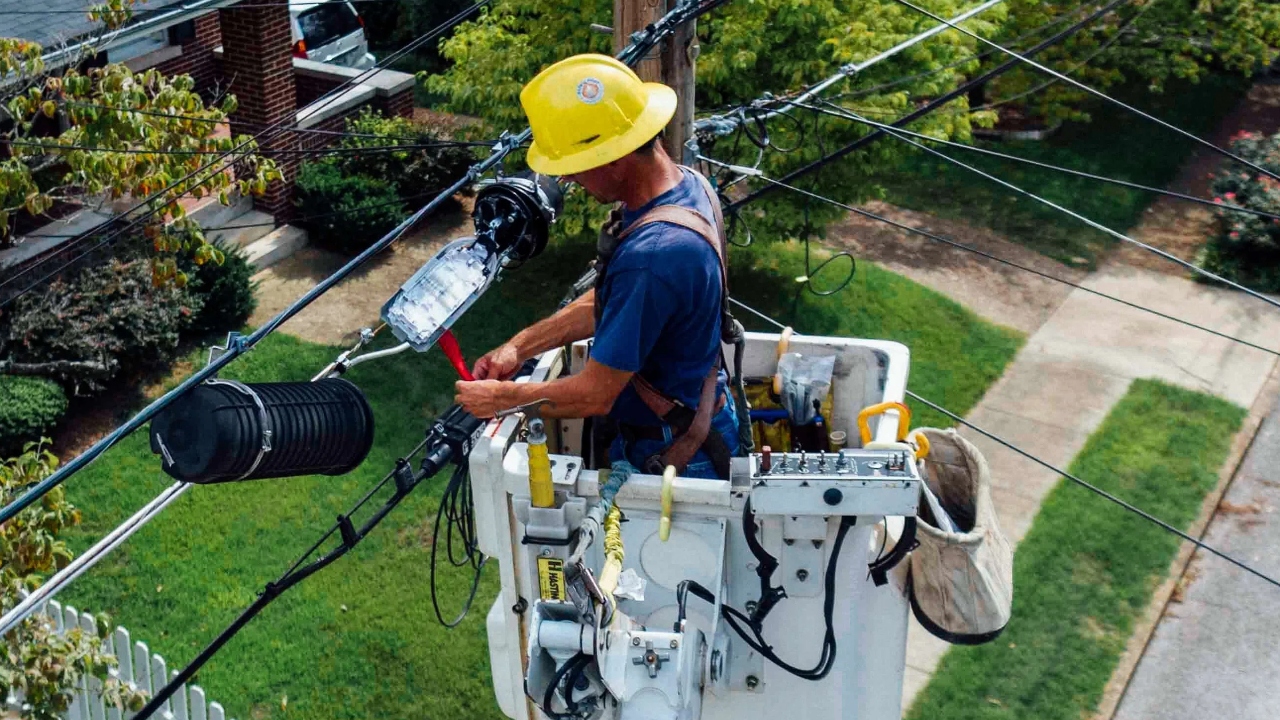
Charter Communications (Spectrum) in Oct. 2025 said it will eliminate about 1,200 corporate/back-office positions – roughly 1% of its ~95,000 workforce. The move, largely at its Stamford HQ and other offices, reflects sharp cable TV subscriber losses.
Analysts attribute the round of cuts to an accelerating cord‑cutting trend and slumping growth in cable bundles.
Cord-Cutting Forces Retract
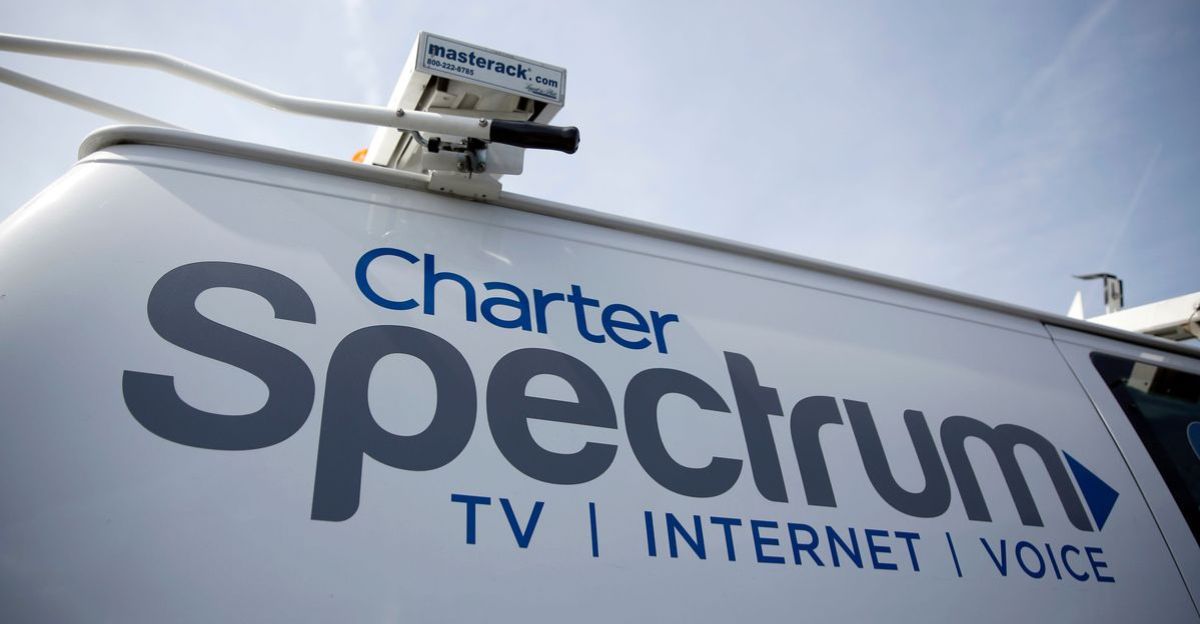
Charter’s customer base is shrinking. In Q2 2025, it lost 117,000 broadband subscriptions year-over-year. Industrywide, roughly 4.9 million U.S. households dropped cable in 2024, swelling the cord‑cutter total to about 39.3 million.
Even Charter’s overall customer relationships fell 2% YOY to ~31.2 million by mid‑2025. The decline in traditional pay-TV is forcing big providers to slash costs.
Impact on Customers

Front-line service and sales staff are not affected, but customers may feel it. With fewer corporate and tech resources, product updates and support could slow. Industry watchers note legacy cable is under intense “pressure from cord-cutting and digital disruption”, meaning cable operators’ offerings must change or vanish.
Viewers should expect fewer new cable channels and more emphasis on broadband features instead.
Industry Peers Also Shrink

Charter is not alone. Media giant Paramount (merged with Skydance) plans about 2,000 U.S. layoffs starting late October 2025. Comcast’s NBC News unit is reportedly cutting roughly 150 positions. Even Warner Bros. Discovery and others have announced consolidations.
Cable and broadcast companies are centralizing and trimming their workforce in response to the same subscriber declines that hit Charter.
Streaming & Mobile Surge
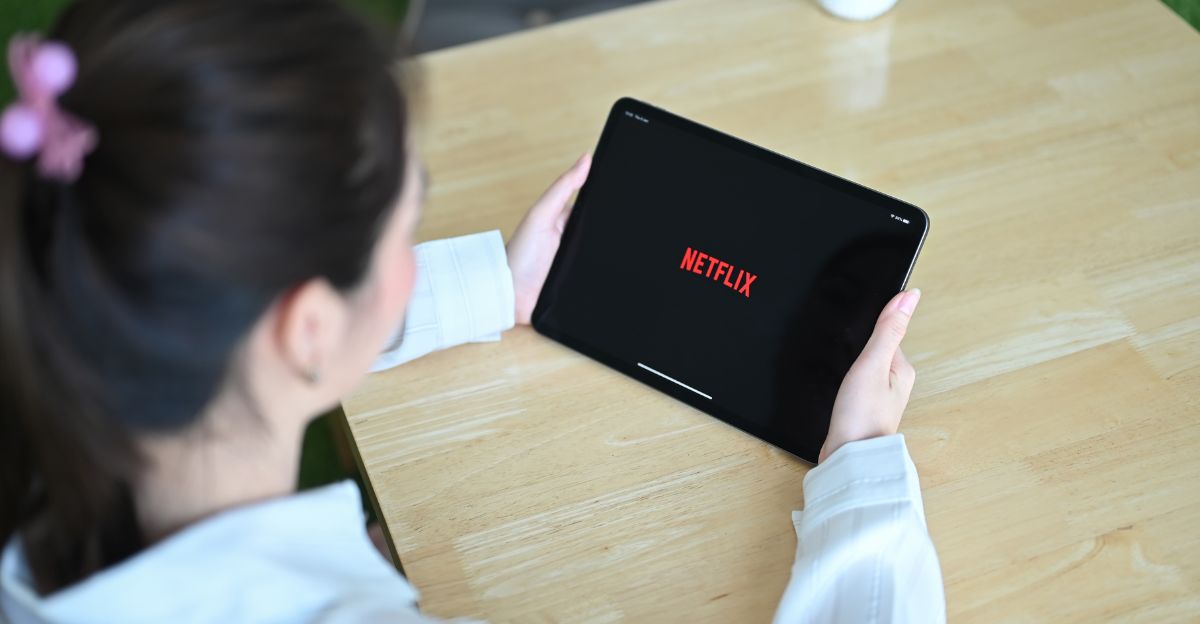
As cable shrinks, streaming and mobile are booming. Charter added 500,000 mobile lines in Q2 2025, growing Spectrum Mobile by ~25% year-over-year. On the streaming side, Netflix boasts ~301.6 million global subscribers (Dec 2024) and Amazon Prime Video ~200 million. Disney+ reached ~128 million by mid-2025.
These shifts show the industry’s center of gravity moving to on‑demand video and wireless connectivity.
Global Media Realignments
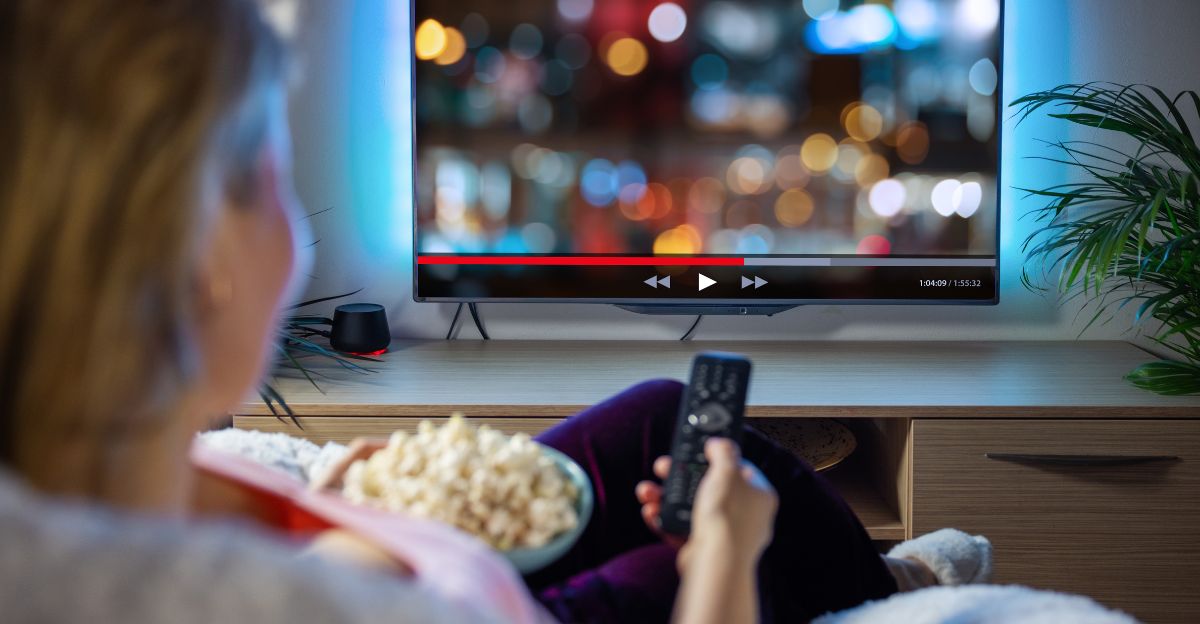
Streaming’s rise is a global story. An industry report counts over 2.3 billion worldwide streaming subscriptions. International content companies are adapting: many European and Asian cable/satellite operators are cutting back, pivoting to broadband. Licensing and distribution agreements are being renegotiated.
Media conglomerates (e.g. Sky, Liberty Global’s units) are merging and rebranding to emphasize broadband and streaming over old cable models.
Workers Navigate Uncertainty

The layoffs mostly hit corporate roles in Stamford, CT and other offices. Affected employees – often managers and tech specialists – face career uncertainty. Unions have weighed in: the Communications Workers of America warns the Charter/Cox merger will “further entrench the power of cable giant Charter to squeeze workers harder”.
Many workers must scramble for new jobs or retrain as cable’s decline limits opportunities.
Regulators Eye Mega-Deal
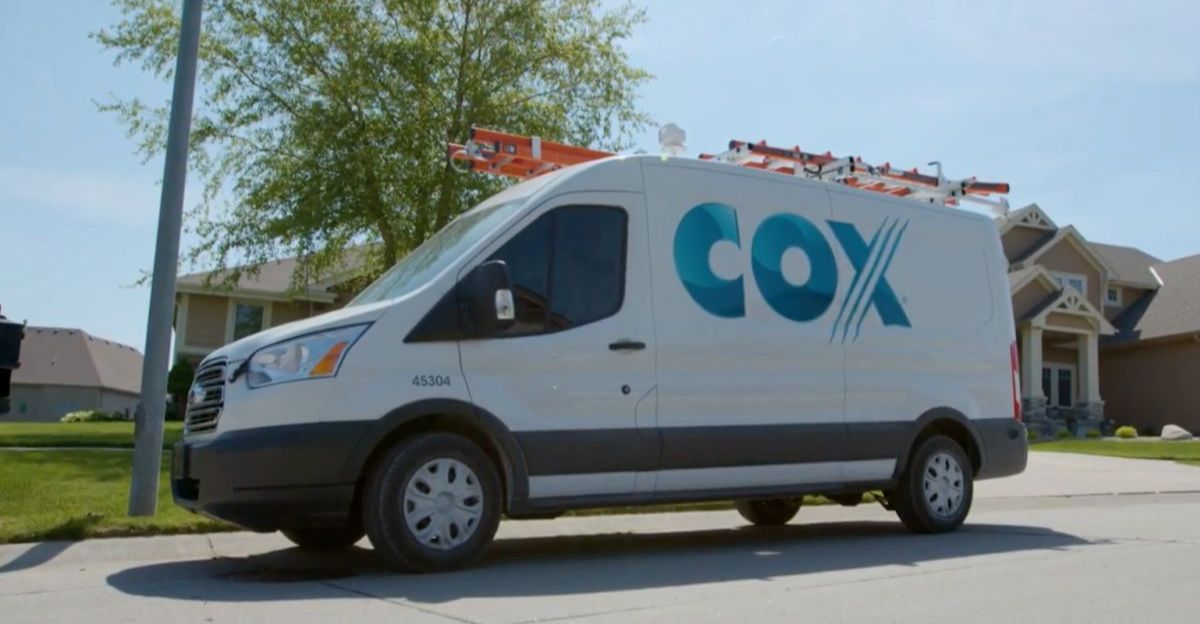
Charter’s own transformation includes a planned $34.5 billion acquisition of Cox Communications (announced May 2025). The charter/Cox deal – requiring federal (FCC, DOJ) and shareholder approvals, is under scrutiny. Regulators will examine how combining cable footprints (Charter’s 31M + Cox’s 6M customers) affects competition.
Charter has pledged to onshore jobs, but observers say officials will watch market concentration and consumer choice closely.
Contraction Across Telecom
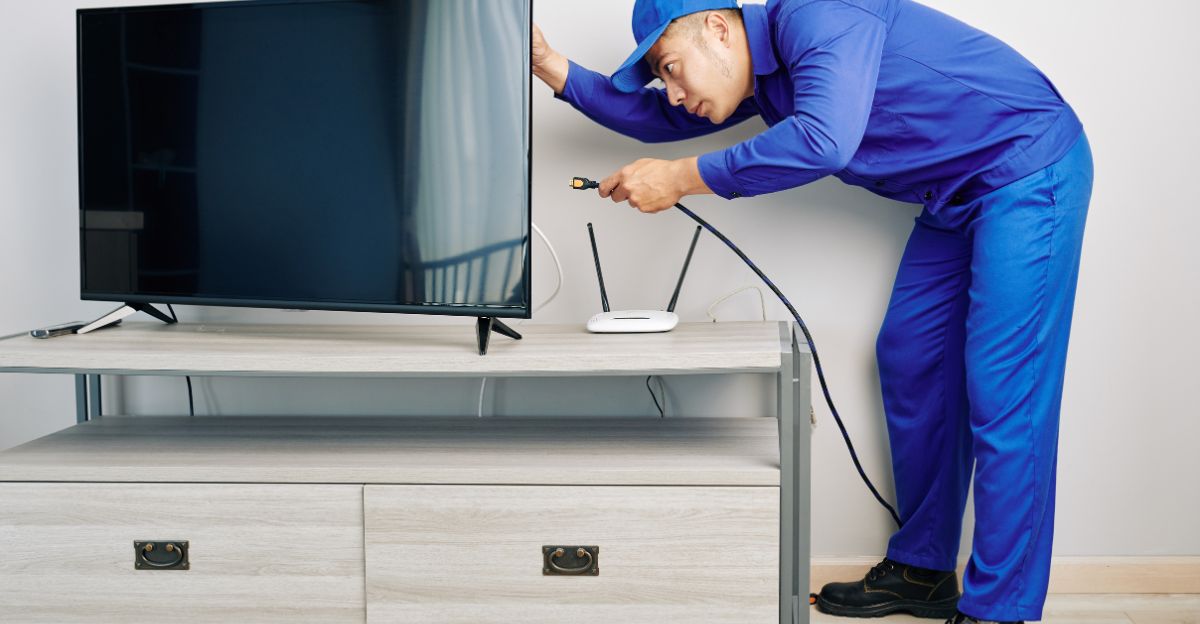
The cable-TV industry’s shrinkage feeds into economic pain. U.S. cable‐households have fallen precipitously from ~90 million in 2018 to roughly 69 million by 2025. With fewer cable subscribers, related industries suffer. Dell’Oro reports that Q2 2025 cable-equipment spending hit its lowest level since 2009 (down 13% YOY).
Advertisers and local businesses that depended on cable infrastructure face lower revenue as cable hardware, modems, and set-top box orders tumble.
Retail Pivot to Streaming
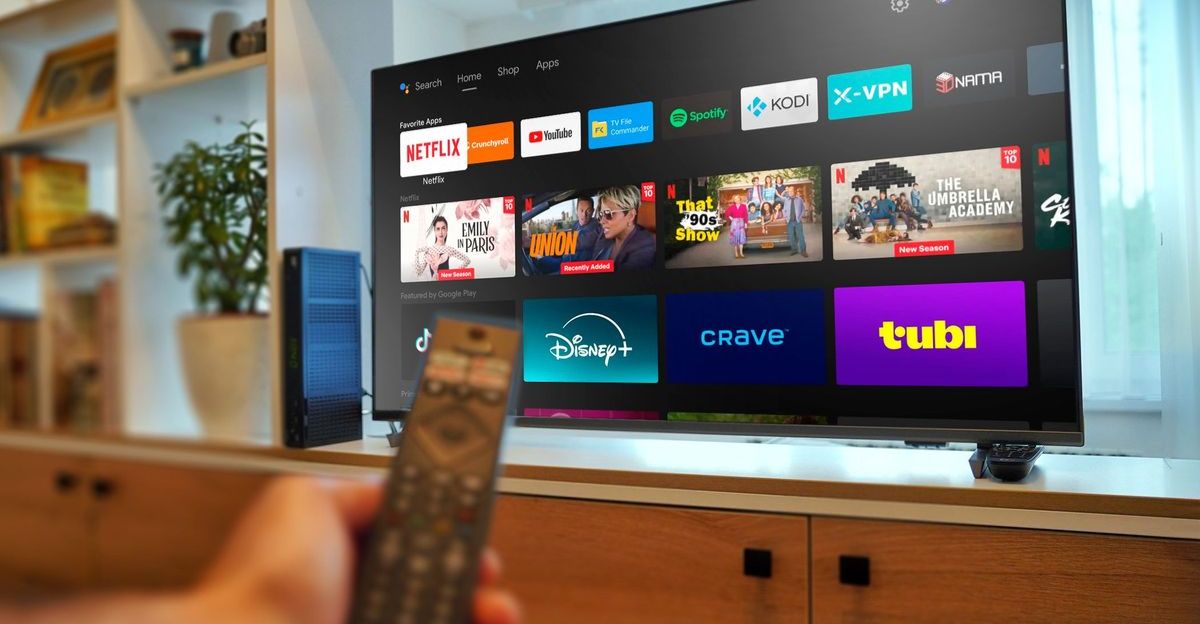
Consumer tech retailers are responding by changing inventory and promotions. Physical stores are de-emphasizing cable boxes and DVDs, spotlighting smart TVs, streaming dongles, and Wi‑Fi routers instead. New product displays advertise Netflix-enabled devices and broadband essentials.
The era of selling bundled cable TV packages at electronics chains is giving way to pushy streaming media player deals. Shoppers now see “cord-free” solutions at checkout.
Hotels and Restaurants Ditch Cable

Hospitality venues are following the trend. Many hotels now equip rooms with smart TVs or casting devices instead of traditional cable boxes. Guests can log into their own Netflix/Hulu apps via hotel Wi-Fi. High-end restaurants, bars, and gyms also increasingly provide Wi-Fi streaming hubs or switched-off cable.
These businesses cut costs and meet customer demand by offering streaming subscriptions rather than paying for legacy TV channels.
Hardware Makers in Retreat
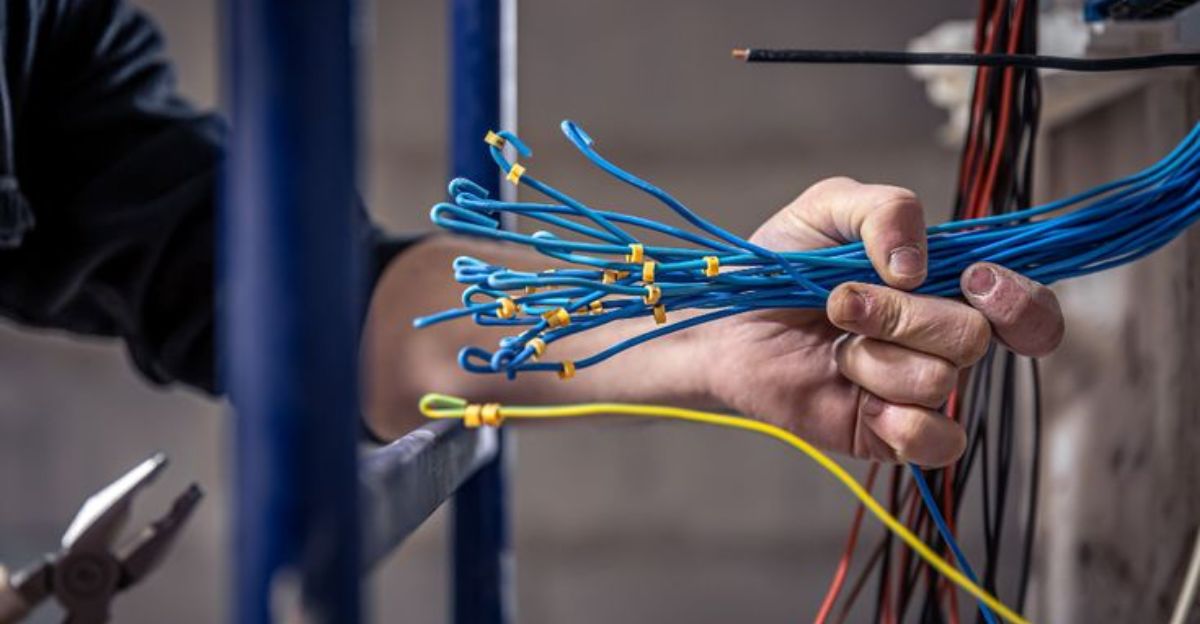
Cable decline is hurting supplier sectors. Cable modem and headend equipment makers are seeing sales fall. Manufacturers like Harmonic and Vecima have reported order slumps. Dell’Oro notes cable companies are even using refurbished modems to meet needs.
Installers and logistics firms face fewer service calls. Electronics and cable-wiring suppliers are shrinking operations to adjust to the new streaming-centric market.
Streaming Adoption Soars
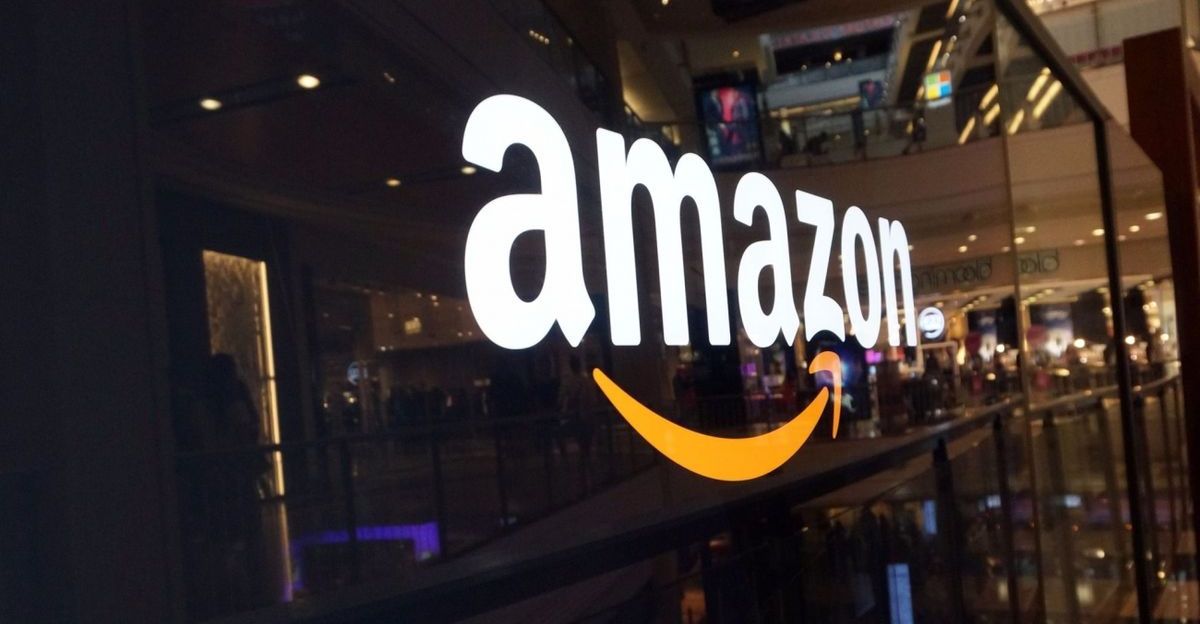
Worldwide, audiences have embraced online streaming. By mid-2025, Netflix (301.6M subs) and Amazon Prime (200M) dominate the leaderboard, with Disney+, HBO Max, and others growing fast. A Nielsen report found streaming hit a record 44.8% share of U.S. TV viewing in May 2025, exceeding cable and broadcast.
The growing global dominance of on-demand video accelerates digital innovation: content creators are investing heavily in streaming originals as cable networks fade.
Rising Screen Time, Health Concerns

More streaming means people spend more time glued to screens. Health professionals warn of the effects. One Pediatrics advisor notes children’s traditional TV time is down, but overall “screen time has increased,” as kids use phones and tablets for video. Dr. Tracie Barnett of Canada says, “We’ve seen such dramatic changes in the nature of screen-based devices…our behaviors are quite different” than a decade ago.
Jennifer Roberts (UMD) adds Americans now recognize excessive screen use as “a serious problem”, urging more outdoor activity.
Cable’s Cultural and Carbon Cost
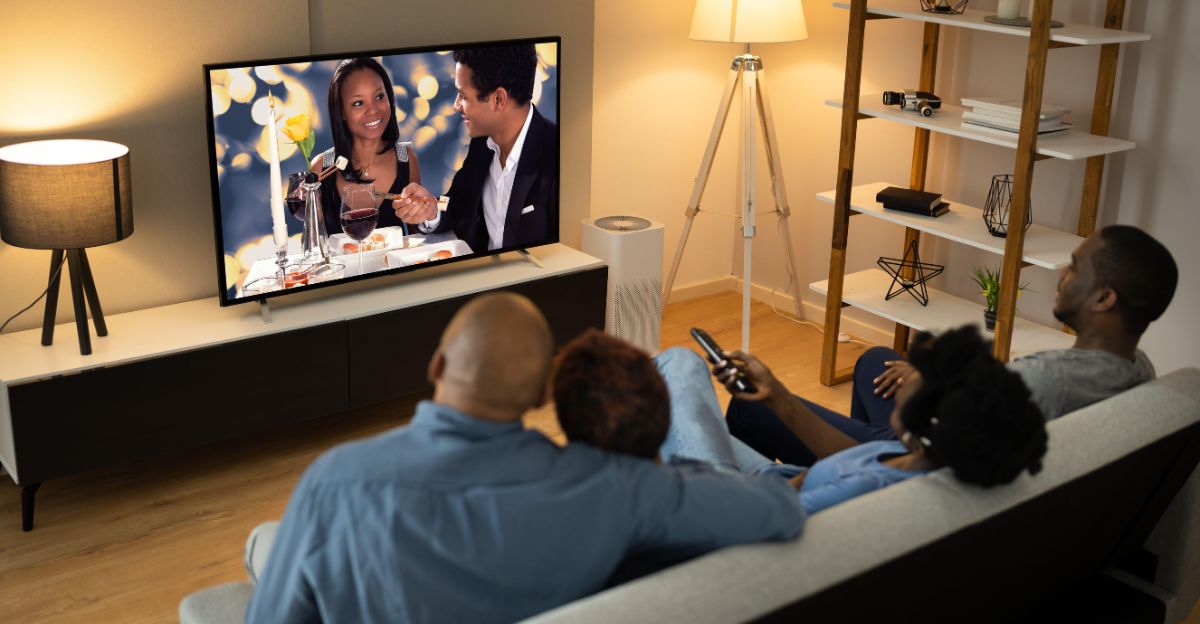
The end of cable TV sparks cultural debate: the loss of shared family channels versus streaming’s isolated viewing. Environmentally, streaming also has a footprint. The IEA reports that today’s streaming uses roughly 36 grams of CO₂ per hour (improved from earlier estimates).
Cable infrastructure had heavy physical and energy costs of its own (towers, miles of coax, service vehicles). Industry watchers note both old and new systems carry carbon impact, even as streaming becomes more efficient.
Mobile Networks Gain Ground
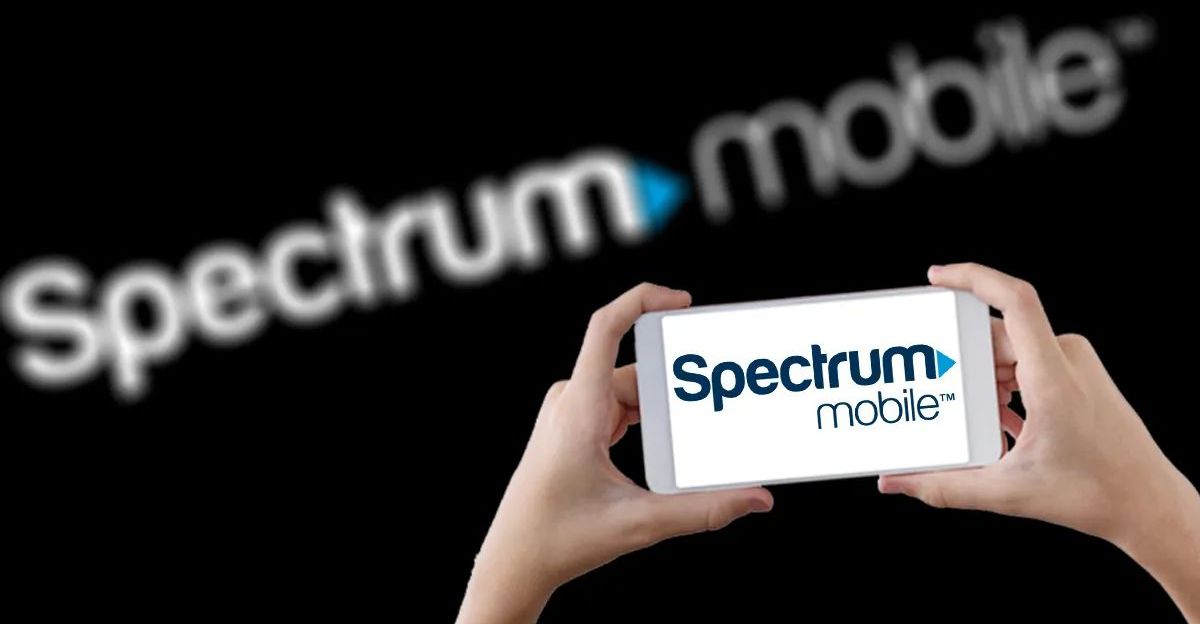
Wireless carriers are clear winners in this transition. Charter’s aggressive Spectrum Mobile push drove a 25% jump in lines to ~10.9 million by Q2 2025. Similarly, Verizon, T‑Mobile, and AT&T are bundling home internet with mobile plans. These providers scoop up customers abandoning cable TV.
Conversely, cable companies and hardware makers face shrinking markets. Analysts say this “mobile-smart combo” trend is luring subscribers away from old cable bundles.
M&A Fever in Telecom
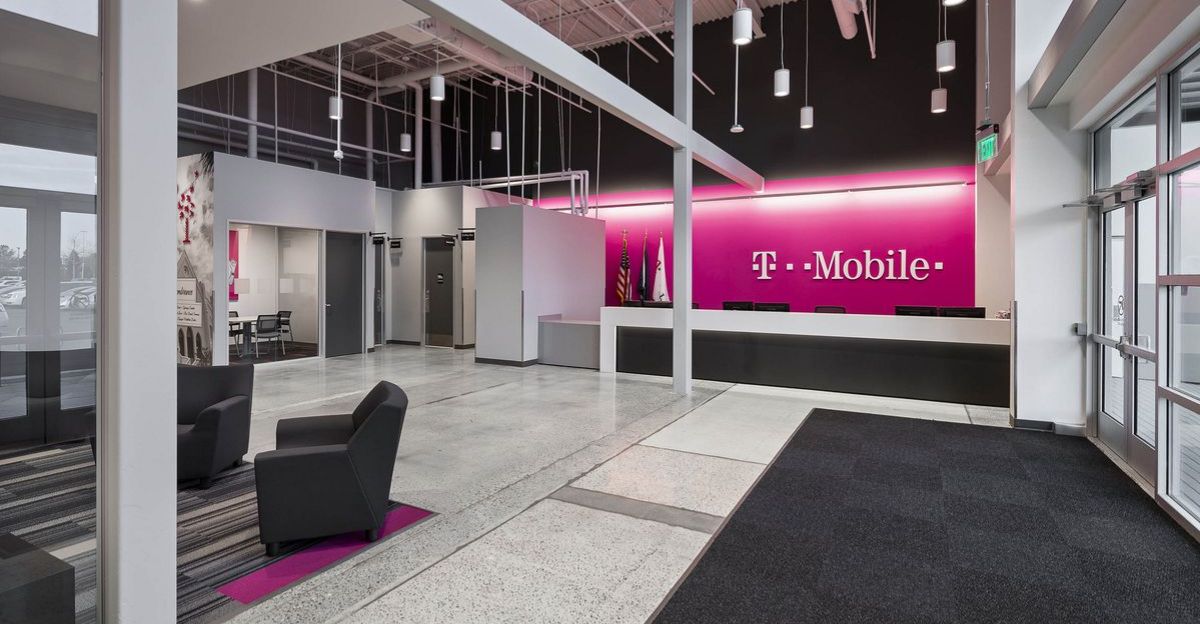
Investors expect more deals. New Street Research notes cable and mobile operators have “strong incentive” to merge or buy assets, bolstering broadband capacity. Recent examples: T‑Mobile’s acquisitions of UScellular and regional ISPs, Verizon’s purchase of Frontier’s fiber lines, and Charter’s Cox bid. AT&T and others are eyeing fiber networks.
The goal is convergence: one provider (mobile + broadband) for each home, to defend against cord-cutting. More consolidation seems imminent.
Consumer Action Steps
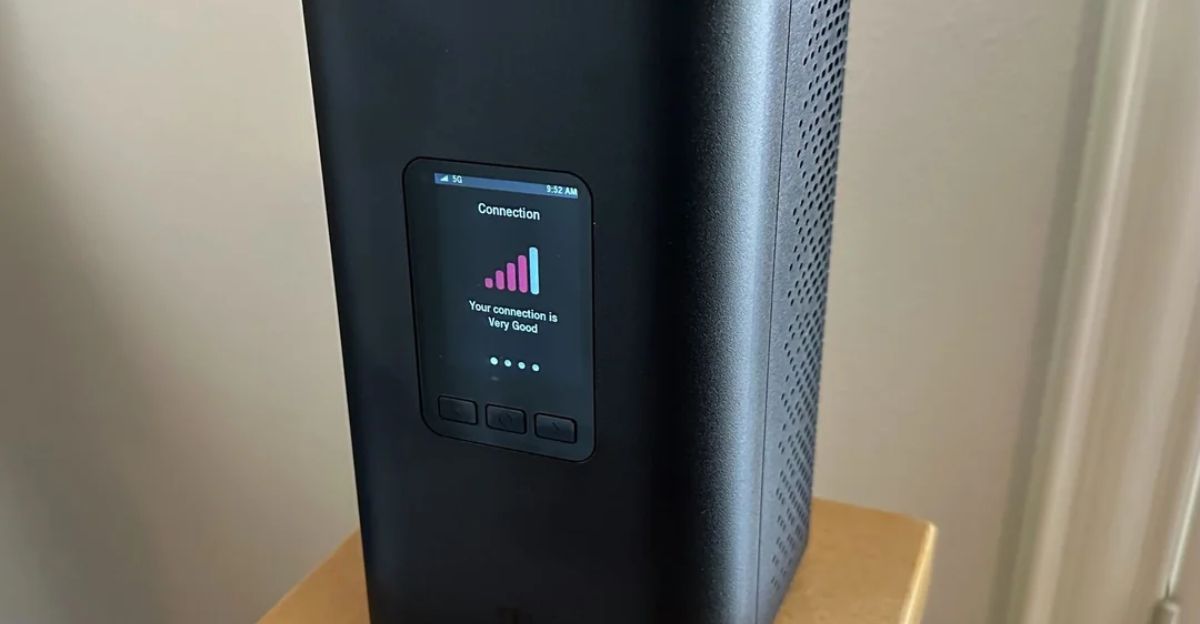
Amid the upheaval, consumers can save money. Review all subscriptions and bundle intelligently. For instance, T‑Mobile offers a deal bundling 5G Home Internet with a voice plan for as low as $30/mo (with autopay and rebates). Many broadband providers now include streaming services or mobile lines as incentives.
Households should compare cable versus separate streaming and mobile/internet packages – often the latter is cheaper now. It’s also wise to test new services (free trials) before canceling.
What Comes Next?
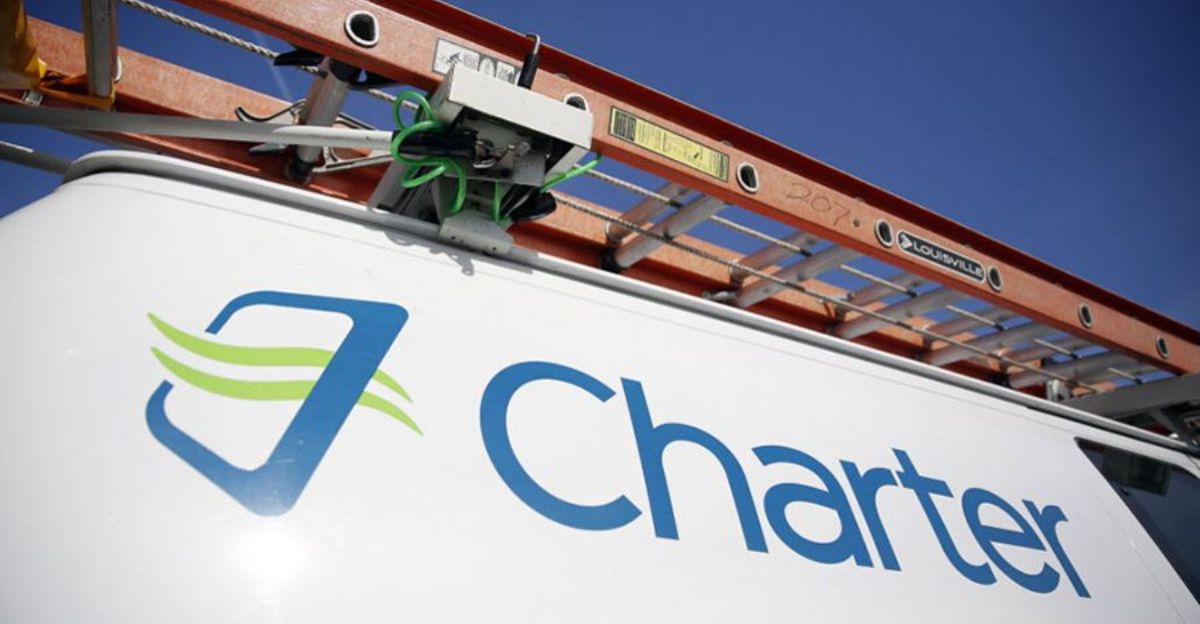
The cable industry’s transformation isn’t over. Charter’s workforce reductions, partnerships and the Cox merger point toward an all-in streaming future. Competitors like Comcast are likewise shifting focus. Regulators and content makers are adapting licensing for OTT platforms. Some predict more ad-supported streaming bundles akin to cable packages.
Ultimately, market forces and consumer tastes will shape the pace. But the cord‑cutting cat is out of the bag – and TV as we knew it may never fully return.
Final Wrap-Up
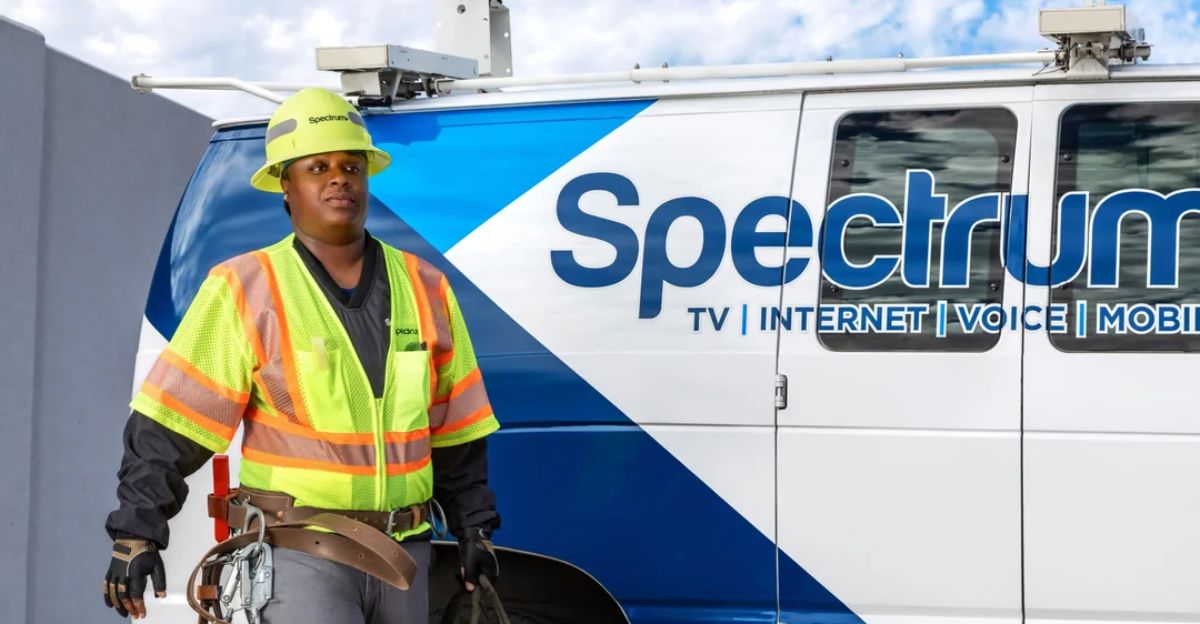
Charter’s 1,200 layoffs are more than a corporate cost-cutting move – they symbolize a seismic shift. As Reuters noted, the change reflects “a broader industry shift as legacy cable businesses face pressure from cord-cutting”. Cable’s infrastructure and related industries (advertising, electronics, logistics) are contracting – cable-equipment spending is at decades-low.
The ripple effects span culture and the economy. Workers, investors and viewers must now adapt to a media landscape dominated by streaming and mobile innovation, closing the chapter on traditional cable television.